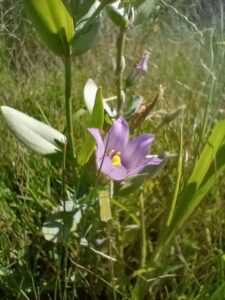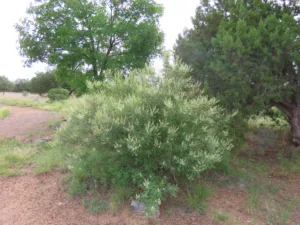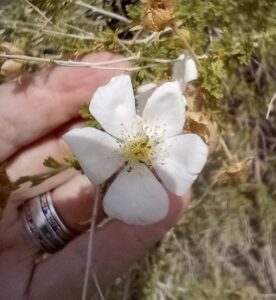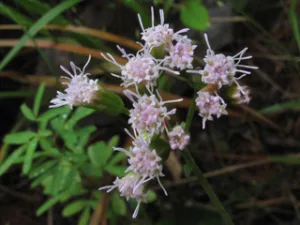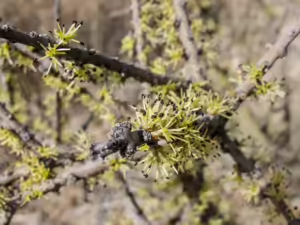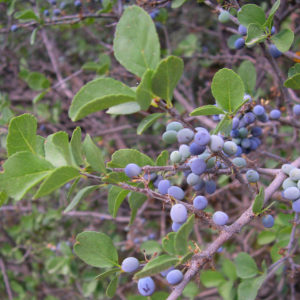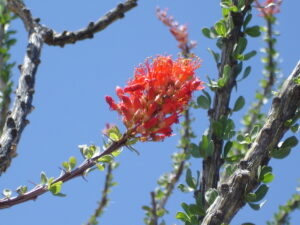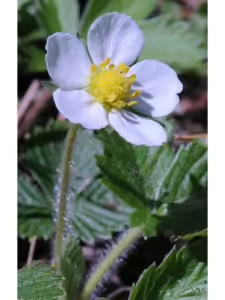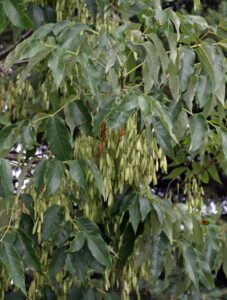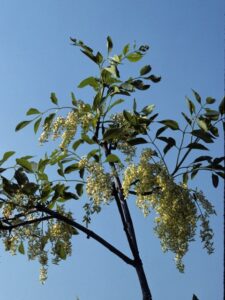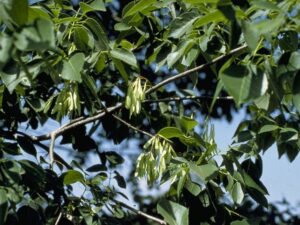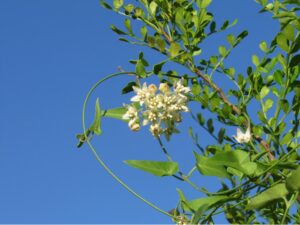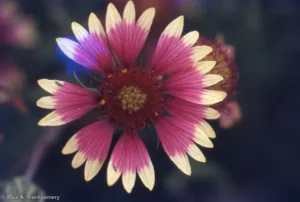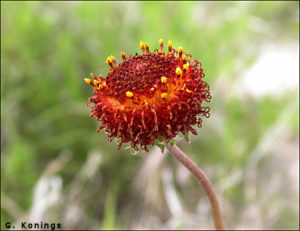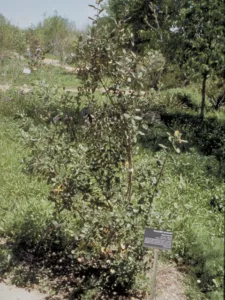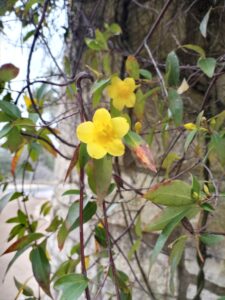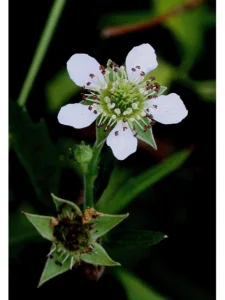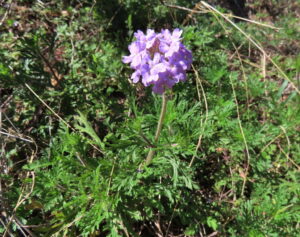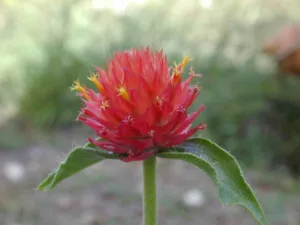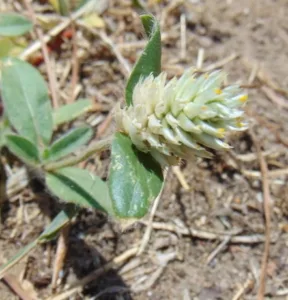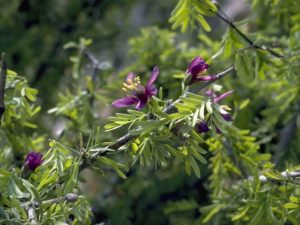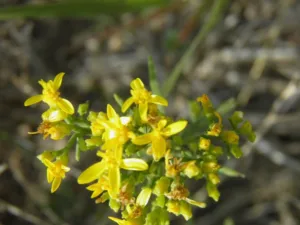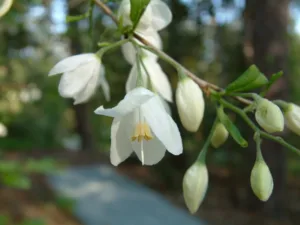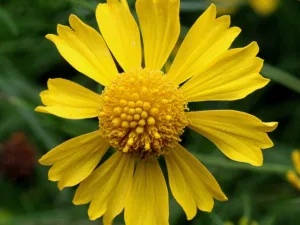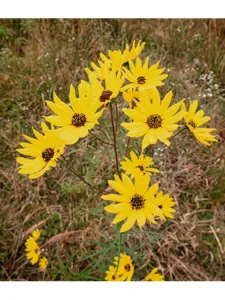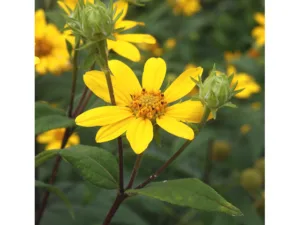
Find the Perfect Texas Native Plant for Your Landscape
Native plants are important for the health of local ecosystems. Plus, they create a sense of beauty in our landscapes and are an important food source for our favorite wildlife such as butterflies and birds.
The purpose of this database is to help you fill your landscape with native plants that are best adapted to your region and readily available in your area. It is not meant to provide an exhaustive list of Texas native plants.
This is a volunteer-led project. If you see errors, please send us an email so we can make the corrections.
Useful Saved Native Plant Search Results
- See lists of native plants suitable for containers and hanging baskets
- See lists of native oaks trees more susceptible to oak wilt and less susceptible to oak wilt
Other Native Plant Resources
- Find the ecoregion in which you live: Texas Ecoregions Map, and see a list of plants for an ecoregion when you click on it
- Where to buy native plants: NPSOT Native Plant Nursery Partners
- See lists of native plants suitable for containers and hanging baskets
- Get plants lists by ecoregion: Plant Lists by Ecoregion
- Plant family descriptions: TORCH, or Flora of North America
- Plant names and families are taken from the Integrated Taxonomic Information System: ITIS
- Plant distribution maps are based on information from: BONAP, USDA and Texas Parks & Wildlife maps
Use the filters below to search for plants that are just right for your landscape. Click on the name of each plant to view more detailed information.


